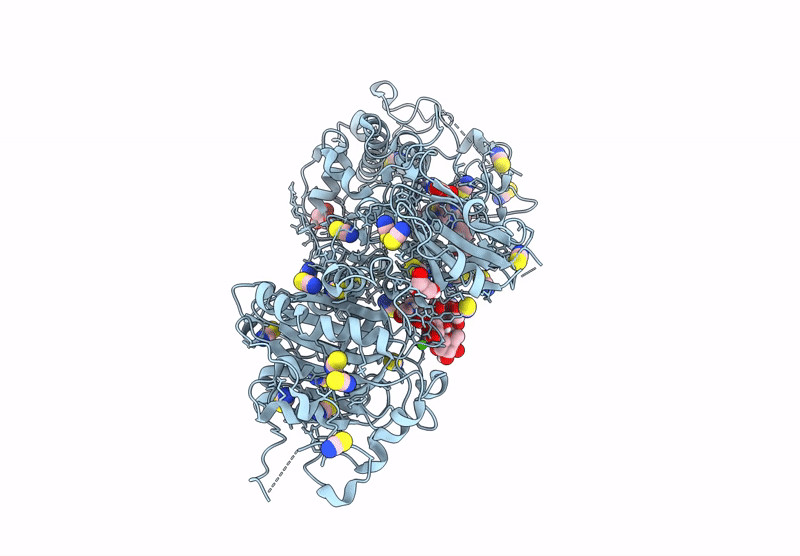
Deposition Date
2024-07-02
Release Date
2025-04-23
Last Version Date
2025-04-30
Entry Detail
PDB ID:
9FXU
Keywords:
Title:
Crystal Structure of Autotaxin (ENPP2) with Type VI Inhibitor, a Novel Class of Inhibitors with Three-Point Lock Binding Mode
Biological Source:
Source Organism:
Rattus norvegicus (Taxon ID: 10116)
Host Organism:
Method Details:
Experimental Method:
Resolution:
2.25 Å
R-Value Free:
0.21
R-Value Work:
0.17
Space Group:
P 1


